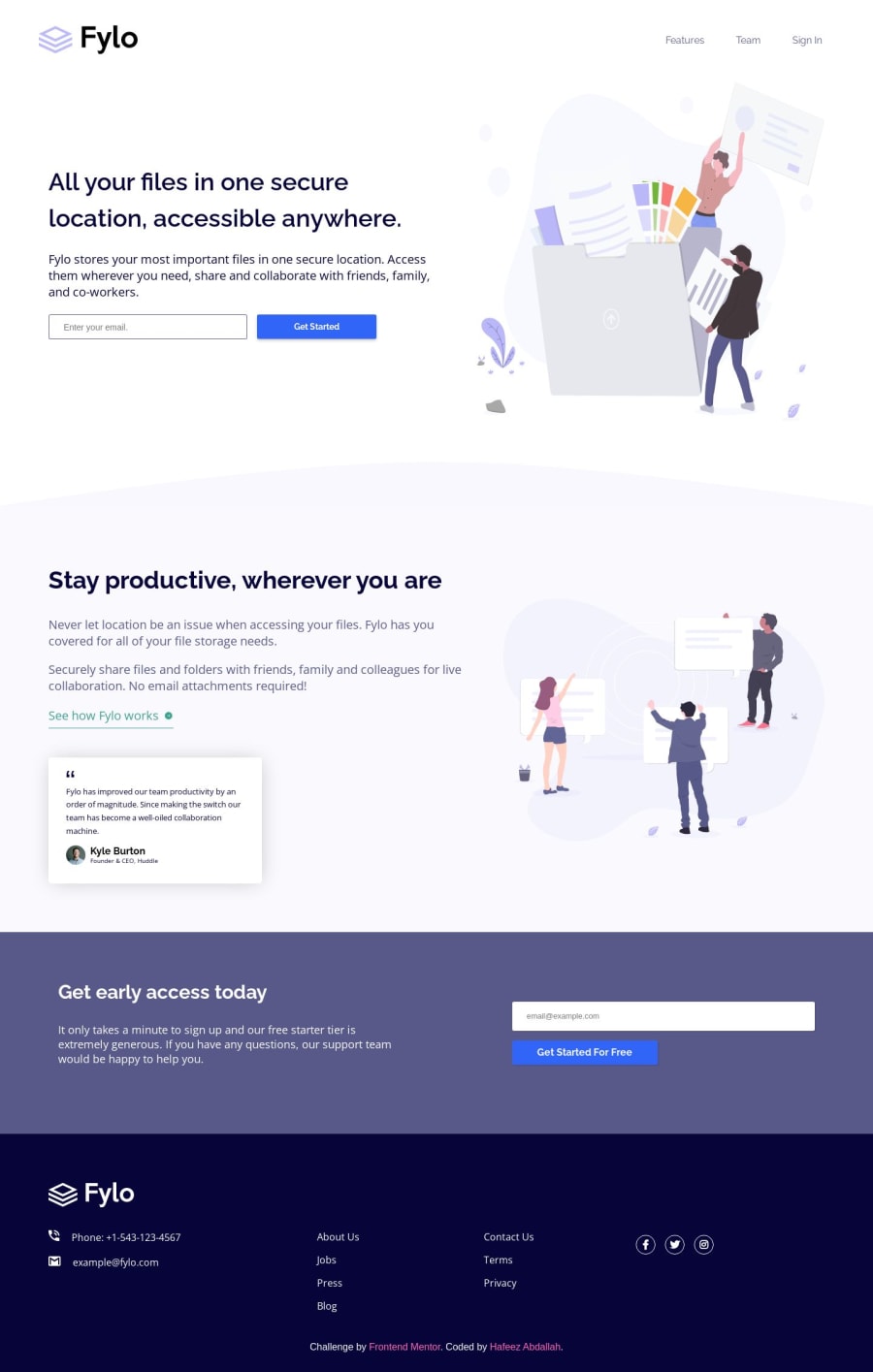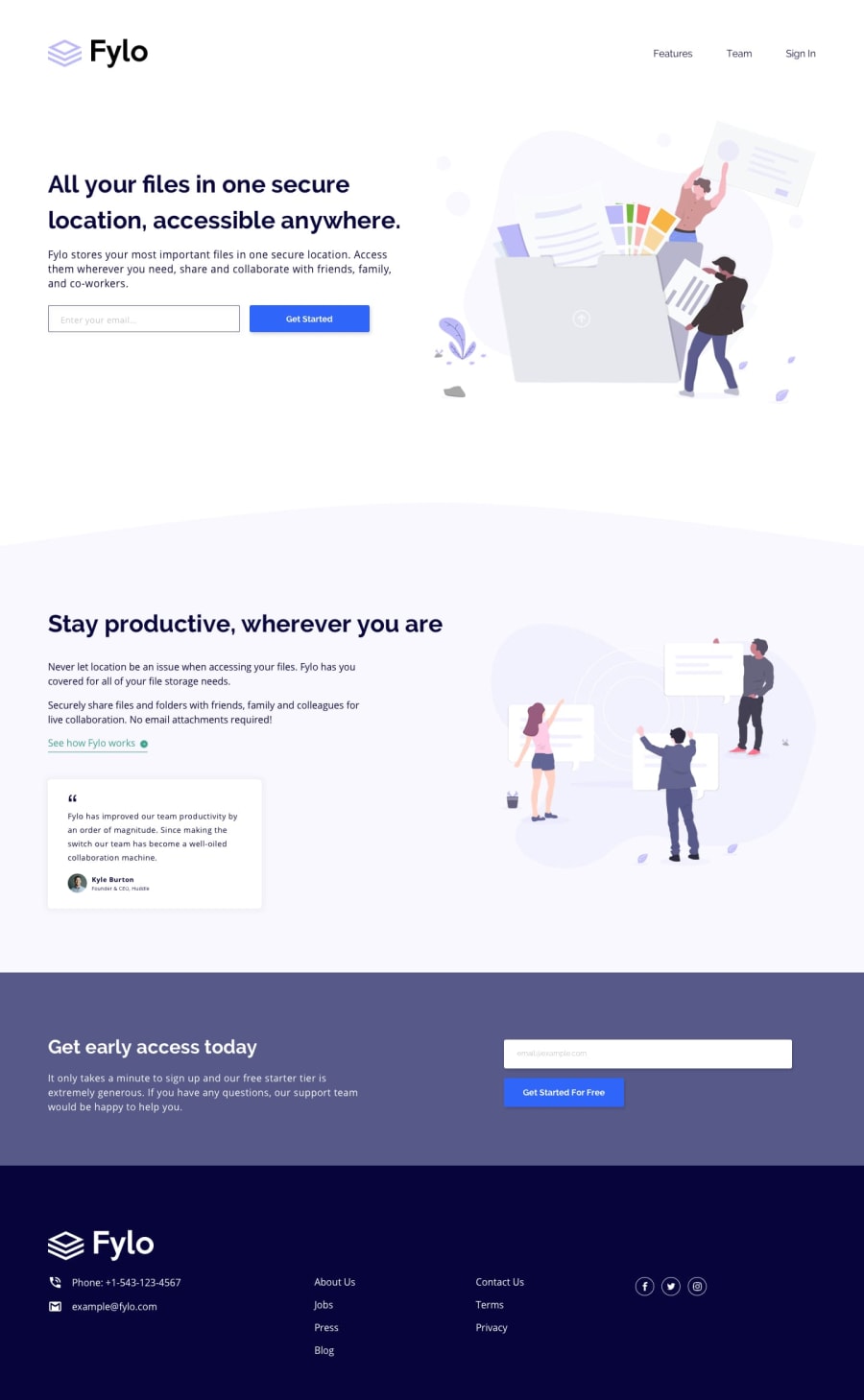
Design comparison
SolutionDesign
Solution retrospective
This is one project that I started more than a year ago but I got burnt out and abandoned all web development projects. I recently decided to continue the projects and thank goodness, I continued as this particular project taught me a lot.
All criticisms and suggestions are welcomed.
Community feedback
Please log in to post a comment
Log in with GitHubJoin our Discord community
Join thousands of Frontend Mentor community members taking the challenges, sharing resources, helping each other, and chatting about all things front-end!
Join our Discord
